We’ll let you in on a secret – journalists, especially those of the sports variety, are reactionary creatures.
You’ll have noticed last week, for example, that Naomi Osaka’s decision to withdraw from tennis’ French Open opened up a conversation on the role of the media and press conferences. So it was that, on a more micro level, Antrim’s draw with Wexford in Division 1 Group B of the Allianz Hurling League last Saturday inspired a call to the GAA’s national hurling development manager, Martin Fogarty.
However, it ended up being a different chat to the one anticipated, praising the good work of the men from the glens. That’s not to say that Antrim don’t deserve praise, but Fogarty – a long-time Kilkenny selector under Brian Cody – sees them as being among the lucky ones.
“If you draw a line from Dublin to Galway, go above it and take out Antrim and Down, there are 13 counties that have nine or fewer adult hurling clubs and seven of them have five or less. You have one in Fermanagh, two in Leitrim, two to three, depending on the year, in places like Cavan and Longford.
“They’re the areas where I would have tried to focus most, because therein lies the biggest challenge facing the GAA. If I was from one of those counties, I don’t know if I’d be as heavily involved in hurling as I am.
“There’s a statue of Michael Cusack outside the Cusack Stand [in Croke Park], but they should nearly have statues of the fellas keeping hurling going in those counties.”
Antrim’s three points won in the league – they had already beaten Clare – have ensured that they will be in Division 1 for 2022. However, Fogarty makes another valid point – while the results are the end-product of the great efforts, they are not the only measure.
“People are talking about how well Antrim are doing,” he says, “and they are doing well, but I always say that winning is not a measurement of how a county is doing, because success is relative.
“In order to win, you have to be brilliant when everybody else is very good; or you have to be very good when everybody else is good; or, if you’re just good and everybody else is poor, you can actually win. It depends on who else is around.
“If Antrim scored a point less on Saturday, or a point or two less against Clare, it would be the same Antrim team, as good as they are, but people wouldn’t be talking about them in the same way. You can have a team that’s very good but which happens to be meeting a team that’s better and suddenly there’s a crisis in the county.”
In contrast, Fogarty sees real crises in his role, which he has held for the past five years. It’s all-encompassing, in that, while the weaker counties get a lot of the focus, there are areas in the hurling heartlands that need attention, too.
The Táin Óg underage leagues have helped to revitalise the barren areas, but it’s a long journey. In 2018, they started with 29 teams from across those affected counties; then in 2019 there were around 50 entrants.
While plans for 2020 had to be shelved – along with an adult version, the Cúchulainn League – for 2021 the Táin Óg has U13, U15 and U17 age grades. While the schedule is too tight this year for the Cúchulainn League, it’s hoped that it will begin in 2022.
“There’s not a counterpart in football,” Fogarty says, “but then, there wouldn’t be a need for it either.
“My main role was to look at the country and get stuck in wherever I think the greatest need is and, at the same time, trying to keep a broad look on the whole country.
“I’ve gone to the 32 counties. In the stronger counties, you’d be working on coaching development, having workshops in different areas that were open to coaches. I’d have put way more focus then on the ‘Táin Óg’ counties.
“If you’re in a county with four clubs, there’ll probably be one strong one and one very weak one but they’ll have no choice but to play each other. How can you have a games programme or how can you improve? In Donegal, for instance, you have Ballyshannon and Carndonagh and they’re 80 miles apart.
“The comparison people might make would be with football in Kilkenny, but they’re actually miles apart. In Kilkenny, we have roughly 44 clubs and in most years, 27 would have an adult football team, so straightaway you’ve three grades. To have something similar in hurling, I would have to put eight counties together.”
It’s a tall order to try to ameliorate things, but Fogarty remains optimistic, especially as the die-hards in these counties have kept hurling alive all this time.
“It’s a chicken-and-egg situation,” he says.
“If you’ve only four teams in a county, it’s not very attractive for youngsters.
“Then, if you have a league with maybe eight teams in it, you’ll have more wanting to play and the thing will grow.
“It’s very difficult on these things. If you take Westport in Mayo, if they travel west, they’re into water and I’ve yet to see anyone come up with a pitch that can float! So they have go to east and their nearest match is probably 30 miles away and to get another game, they may stay going!
“Another factor is that these hurling clubs might be drawing from two or three football clubs. We put the Táin Óg games on a Monday night and group counties in threes but if any of those counties puts on a round of football games, that scuppers us. These are the challenges that the average hurling person does not realise exists.”




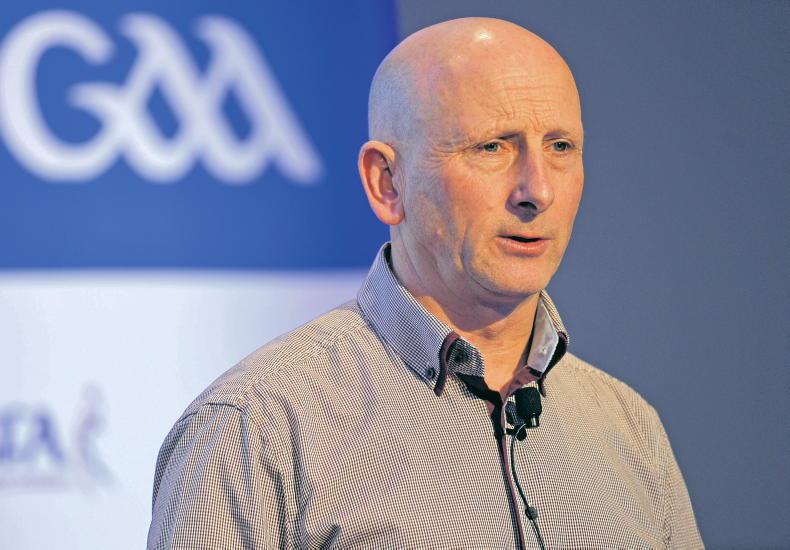
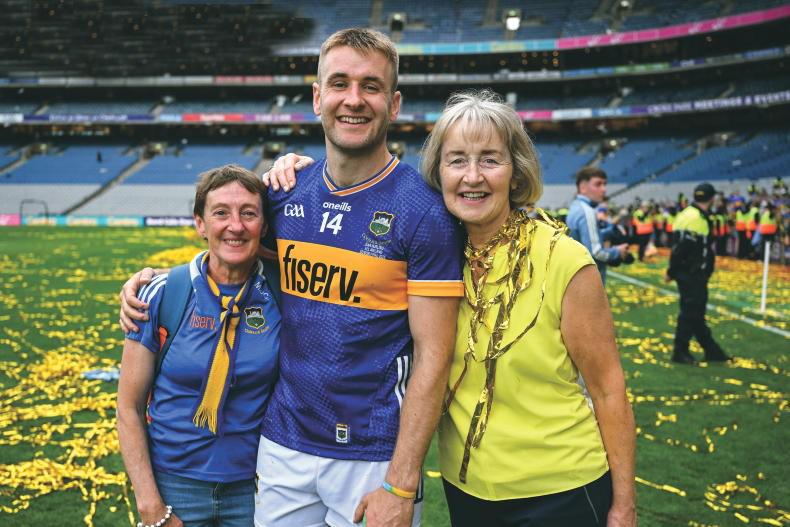
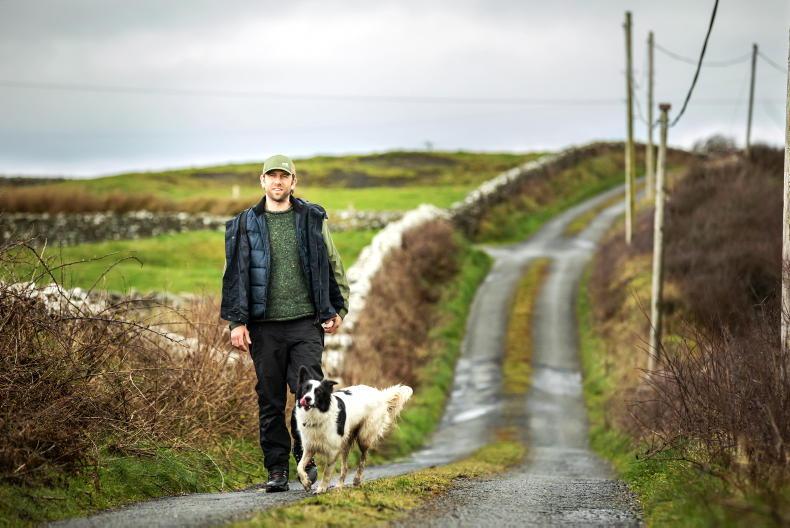
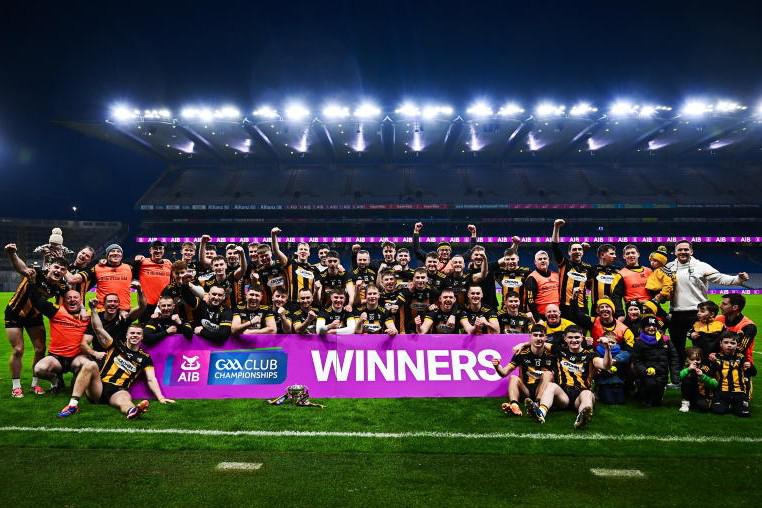
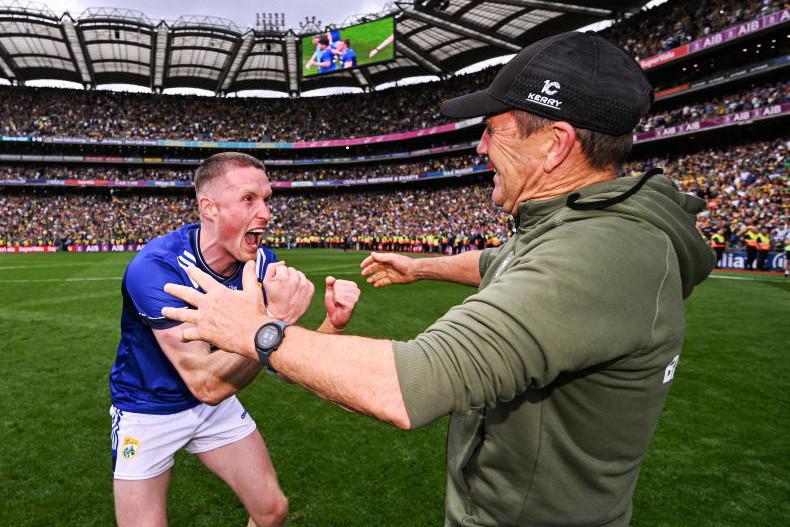
SHARING OPTIONS